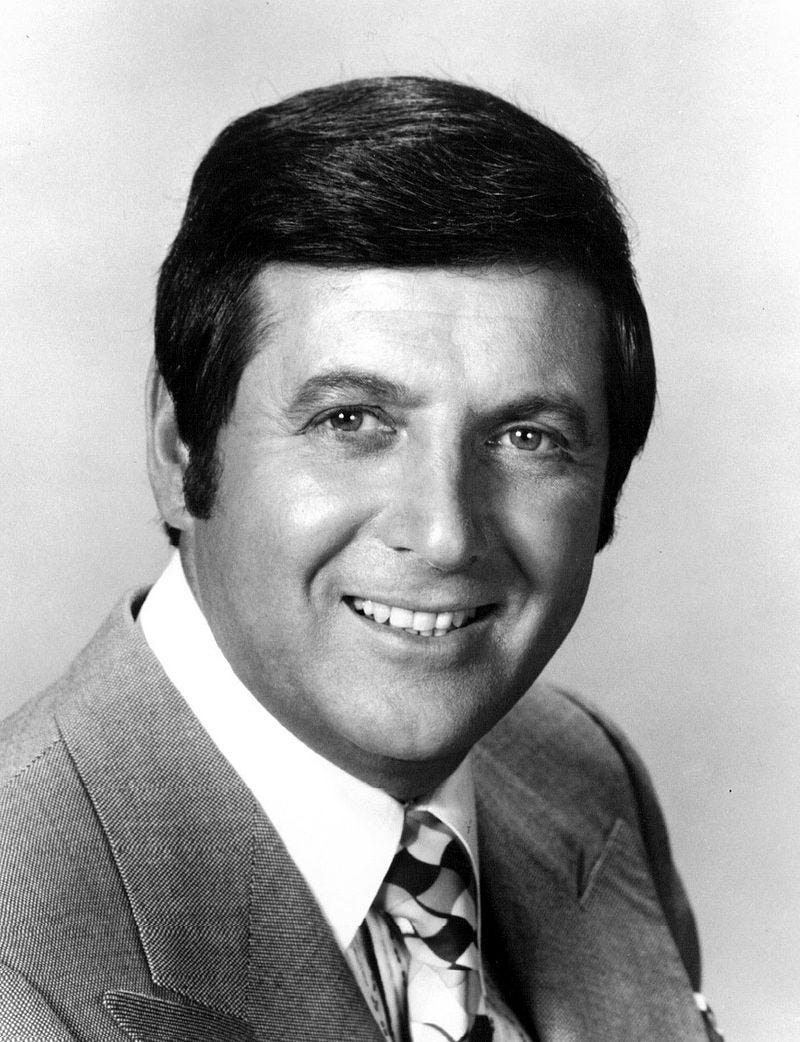The Monty Hall Enigma: A Fascinating Exploration of Probability
Written on
Chapter 1: Entering the Game Show Arena
Imagine yourself as a contestant in a thrilling game show—who hasn’t daydreamed about being in their favorite television competition? Picture this: you are the star of a show, making critical choices while surprises unfold before your eyes.
Today, you step into the spotlight as a participant in the immensely popular game show “Let’s Make a Deal,” hosted by the one and only Monty Hall. You stand on a glamorous stage, flanked by three enticing doors.
As Monty presents the challenge, your heart races. Behind one of these doors lies a prize you’ve always desired—perhaps a shiny new car you’ve only admired on TV. However, the other two doors hide goats. Your task? Choose a door, and if luck is on your side, the car could be yours!
Anxiety creeps in as you contemplate your choice. Your palms are clammy, your knees tremble, and you feel the weight of the moment. Will you go for Door 1, Door 2, or Door 3? Trusting your instincts, you settle on Door 2, sealing your fate.
Now, the masterful Monty Hall takes center stage, heightening the suspense. He knows what lies behind each door and, with a dramatic flourish, he opens Door 3 to reveal—a goat! Your heart skips a beat. Relief washes over you; the game isn't over yet. The audience chuckles, but your mind races as you consider your next move.
Monty, ever the showman, presents you with a tantalizing choice: you can either stick with your original selection of Door 2 or switch to Door 1, which remains unopened.

What will you decide? It’s crucial to lock in your answer now—don’t second-guess yourself while reading on. You’ll discover if your choice leads to victory by the end of this article!
Chapter 2: The Power of Probability
As the suspense builds, mathematics reveals its enchanting secrets. Although your instincts might tell you to stick with Door 2, probability suggests that switching is the more advantageous strategy. The surprise lies in the numbers.
Initially, the odds indicate that Door 2 has a 1/3 chance of hiding the grand prize, while the remaining doors collectively hold a 2/3 chance. Once Monty opens Door 3 to show a goat, the probability shifts dramatically—Door 1 now holds a greater opportunity.
Understanding this requires a few assumptions:
- The host will always open a door not chosen by the contestant.
- The revealed door will always show a goat.
- The host will always give the contestant a chance to switch.
Before Monty reveals anything, each door has a 1/3 chance of concealing the car. Your choice of Door 2 retains that 1/3 chance. However, since Door 1 and Door 3 collectively had a 2/3 chance, and now Door 3 is confirmed to have a goat, Door 1 becomes the better option.
While Door 2 remains at a 1/3 chance of winning, Door 1 now boasts a 2/3 chance—doubling your odds if you choose to switch. That’s the compelling reason to change your selection when given the opportunity.
Monty’s reveal is not random; it’s a calculated decision that provides critical information, altering the probability landscape.
The first video titled "PHILOSOPHY - Probability: The Monty Hall Problem [HD]" delves into the intricacies of this fascinating dilemma, explaining how probability plays a pivotal role in decision-making.
Chapter 3: Beyond Game Shows
The Monty Hall Problem is more than just a game show puzzle. Its implications resonate in various fields, from finance to medicine, emphasizing the importance of understanding probabilities in uncertain situations.
This problem reveals our cognitive biases and our tendency to cling to initial decisions, often ignoring the chance for better outcomes. It highlights the psychological phenomenon known as the "clamping effect," which keeps our minds tethered to original choices, blinding us to potentially superior options.
The second video, "The Monty Hall Problem (2 of 2: Explanation)," provides further insights into this paradox, clarifying why the switch is the statistically sound choice.
Conclusion: Embracing Probability
The Monty Hall Problem offers a captivating glimpse into the realm of probability, challenging our perceptions and underscoring the significance of logical reasoning. It encourages us to cultivate critical thinking skills and embrace the lessons that probabilities teach us.
Are you new to Medium.com? For just $1 a week, you can access an unlimited array of articles from diverse authors on the platform. Become a member today!
Curious about whether it's possible to purchase land on the moon? Check out this intriguing article for more information.